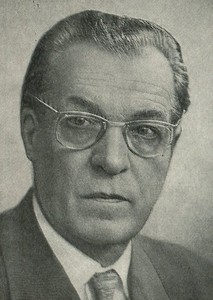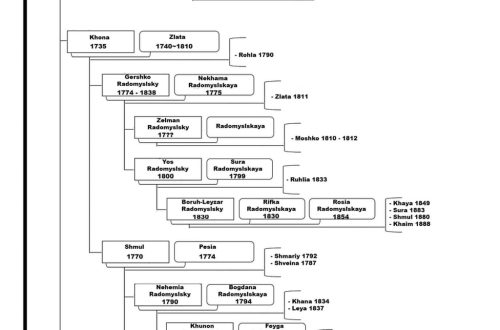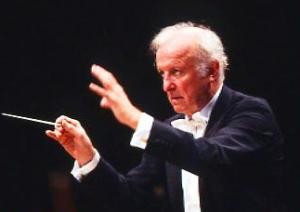
Alexander Ignatievich Klimov |
Alexander Klimov

Klimov did not immediately determine his vocation. In 1925 he graduated from the Faculty of Philology of Kyiv University and only three years later completed his musical education at the Higher Musical and Theater Institute, V. Berdyaev’s conducting class.
The independent work of the conductor began in 1931, when he headed the Tiraspol Symphony Orchestra. As a rule, throughout almost the entire creative path, Klimov successfully combined artistic activity with teaching. He made his first steps in the field of pedagogy back in Kyiv (1929-1930), and continued teaching at the Saratov (1933-1937) and Kharkov (1937-1941) conservatories.
In the creative development of the artist, an important role was played by the years spent in Kharkov as a conductor of the local symphony orchestra, which was then one of the best in Ukraine (1937-1941). By that time, the conductor’s repertoire had grown sufficiently: it included major classical works (including Mozart’s Requiem, Beethoven’s Ninth Symphony, his own opera Fidelio in concert performance), Soviet composers, and in particular Kharkov authors – D. Klebanov, Y. Meitus, V. Borisov and others.
Klimov spent the years of evacuation (1941-1945) in Dushanbe. Here he worked with the symphony orchestra of the Ukrainian SSR, and was also the chief conductor of the Tajik Opera and Ballet Theater named after Aini. Among the performances staged with his participation is the first performance of the national opera “Takhir and Zuhra” by A. Lensky.
After the war, the conductor returned to his native land. Klimov’s work in Odessa (1946-1948) developed in three directions – he simultaneously headed the philharmonic symphony orchestra, conducted at the Opera and Ballet Theatre, and was a professor at the conservatory. At the end of 1948, Klimov moved to Kyiv, where he held the post of director of the conservatory and headed the department of symphony conducting here. The performance possibilities of the artist were most fully revealed when he became the chief conductor of the Shevchenko Opera and Ballet Theater (1954-1961). Under his musical direction, performances of Wagner’s Lohengrin, Tchaikovsky’s The Queen of Spades, Mascagni’s Rural Honor, Lysenko’s Taras Bulba and Aeneid, G. Zhukovsky’s The First Spring and other operas were staged here. One of Klimov’s most significant works of that period was Prokofiev’s opera War and Peace. At the festival of Soviet music in Moscow (1957), the conductor was awarded the first prize for this work.
The venerable artist completed his artistic career at the Leningrad Opera and Ballet Theater named after S. M. Kirov (chief conductor from 1962 to 1966). Here it should be noted the production of Verdi’s The Force of Destiny (for the first time in the Soviet Union). Then he left the conductor’s activity.
L. Grigoriev, J. Platek, 1969





